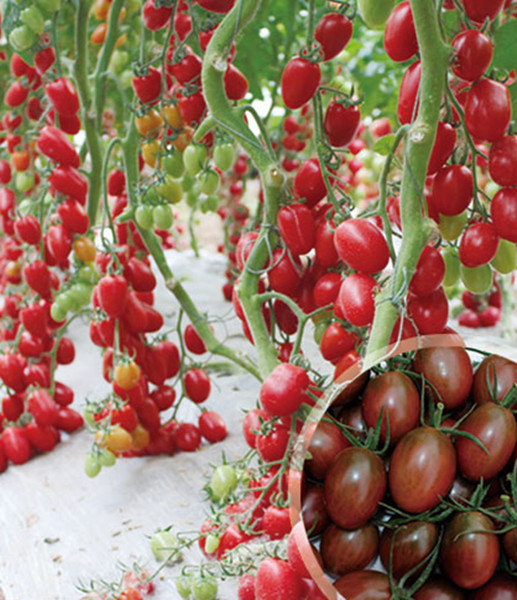1. Seedbed preparation. The seedbed should be sheltered from wind and sunny with good drainage. Spread 2kg of fire soil ash, 2kg of decomposed manure, 0.1kg of nitrogen-phosphorus-potassium compound fertilizer, and 0.05kg of calcium-magnesium-phosphate fertilizer per square meter of seedbed, and mix them with the bed soil. Spread 8 cm thick nutrient soil on it. The nutrient soil is divided into half and half with fully decomposed organic fertilizer and fertile soil that has not been planted with Solanaceae crops. 7 to 10 days before sowing, mix well and sieve, and mix with 5 kg of superphosphate, and spray carbendazim for soil disinfection. Stacked spares.
2. Sowing period. Appropriate early sowing to extend the harvest period. The use of small arched sheds for raising seedlings can not only allow early sowing, but also reduce the occurrence of seedling diseases.
3. Seed soaking and germination. The method is to soak the seeds in warm water at 55°C for 15 minutes or soak them in 1000 times potassium permanganate solution for 10 minutes, then soak the seeds in warm water for 4 to 6 hours, take out and moisturise with gauze, germinate at about 25°C, and wait for 80% of the seeds Sow after dew.

4. Management after broadcast. Maintain a high temperature before emergence, and pay attention to ventilation after emergence to prevent leggy growth. In the two-leaf and one-heart stage of the seedlings, select robust and disease-free seedlings, and carry out "three belts" false planting with fertilizer, medicine, and soil in the evening on a sunny day.
5. Prevent seedling disease and control leggy. There are many diseases in tomato cultivation areas, and bromine copper or Lvheng No. 2 can be used to prevent damp-off and early blight. Spray once every 7 to 10 days and use it 2 to 3 times in a row.